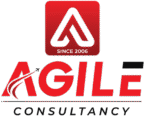Introduction
The process of getting a work visa is very complex for international graduates and professionals who want to build their careers in different countries. Many people continue to pick the United States, Canada, and Australia for their opportunities in strong economies and a large variety of jobs.
United States: How to Obtain a US Work Visa
Most Common Visa Types
⇒ H-1B Visa (for skilled professionals with a bachelor’s degree or higher)
⇒ L-1 Visa (for internal company transfers)
⇒ O-1 Visa (for individuals with extraordinary abilities)
Key Requirements
Requirement | Details |
Job Offer | Required (e.g., H-1B, L-1) |
Visa Petition | Employer files Form I-129 with USCIS |
Qualification | Bachelor’s degree or equivalent |
LCA | Required for H-1B, approved by U.S. Department of Labour |
Quota/Lottery | H-1B capped at 85,000 visas per year |
Processing Time | 2–6 months; premium processing available |
Expert Tips
Getting an H-1B visa often comes down to how early you apply. A lottery is used for handling the application because of limited slot availability, so you need to prepare early on. Directory your efforts at companies that have a record of sponsoring foreign workers, especially in tech, healthcare, and finance.
A well-organized stack of academic transcripts, letters of reference, and professional certificates can accelerate the process and reduce any verification holds. If you are permitted to do OPT (as an F-1 student), use this chance to get practical work experience that improves your standing in the visa process.
Canada: How to Obtain a Canadian Work Visa
Most Common Visa Pathways
⇒ Temporary Foreign Worker Program (TFWP)
⇒ International Mobility Program (IMP)
⇒ Post-Graduation Work Permit (PGWP)
⇒ Express Entry (for permanent skilled migration)
Key Requirements
Requirement | Details |
Job Offer | ✅ Required (e.g., TFWP); ❌ Not required for PGWP |
LMIA | Needed for most employer-sponsored jobs |
Qualification | Education Credential Assessment (ECA) |
Language Test | IELTS or TEF scores required |
Work Experience | Must match eligible NOC codes |
PGWP Eligibility | Open work permit for eligible Canadian graduates |
Express Entry | Based on CRS score (min. 67 points) |
Expert Tips
Most paths for moving to Canada depend on careful planning since there are many different rules and requirements. If you have graduated from a Canadian university or college, the Post-Graduation Work Permit (PGWP) offers you a way to get work experience before finding an employer to back you.
For employer-sponsored visas, the company should know what LMIA requires, also the applicant should apply only for jobs listed under valid NOC codes. If you want to apply for permanent residency through Express Entry, work on getting a better Comprehensive Ranking System (CRS) by enhancing your language abilities, gaining more experience at work, and maybe earning a provincial nomination. It is important to have your qualifications reviewed by an ECA, which ultimately guards against delays.
Australia: How to Obtain an Australian Work Visa
Most Common Visa Types
⇒ Temporary Skill Shortage Visa (TSS – Subclass 482)
⇒ Skilled Independent Visa (Subclass 189)
⇒ Skilled Nominated Visa (Subclass 190)
⇒ Graduate Temporary Visa (Subclass 485)
Key Requirements
Requirement | Details |
Job Offer | Required (e.g., Subclass 482); Not always needed |
Occupation List | Job must be on MLTSSL or STSOL |
Skills Assessment | Required from a recognized authority |
Language Test | IELTS or PTE scores (typically min. 6.0 per band) |
Employer Sponsorship | Required for 482 visa |
Points Test | Skilled visas require 65+ points |
Graduate Visa | Subclass 485 for recent graduates |
Expert Tips
Australia’s immigration system for skilled workers is based on a points system, so scoring as high as you can is very important. For this, high score in the IELTS or PTE, and make sure the authority checks your credentials as soon as you can.
Check that the job offered on your employer-sponsored visa, such as a Subclass 482, is listed on the Australian Skilled Occupation List. If you use regional visas, for example, Subclass 491, so have a greater probability of success. With the Subclass 485 Temporary Graduate Visa, if you have just graduated from Australia, you have permission to stay and work to figure out your next moves.



